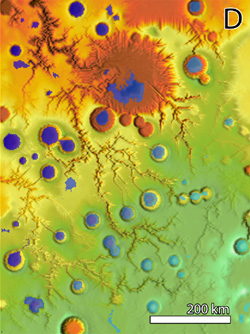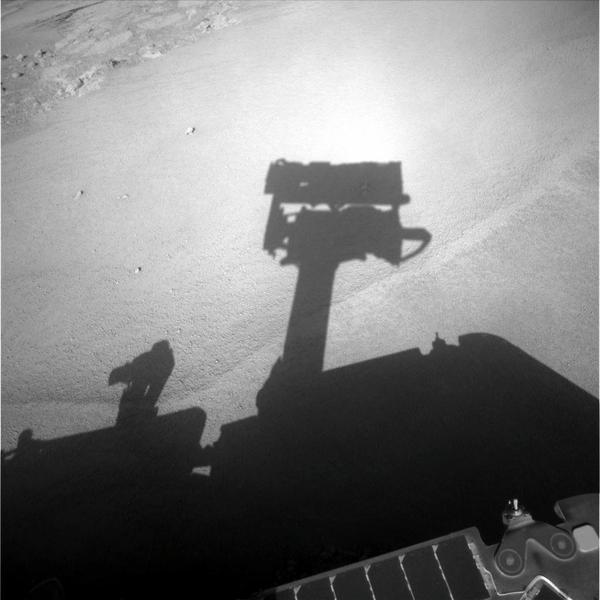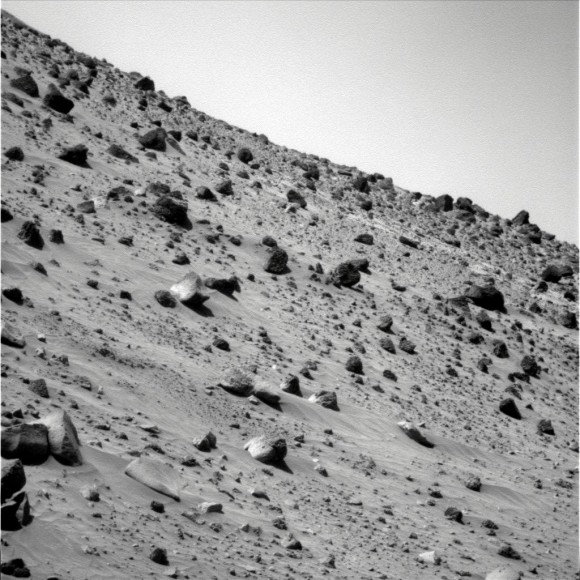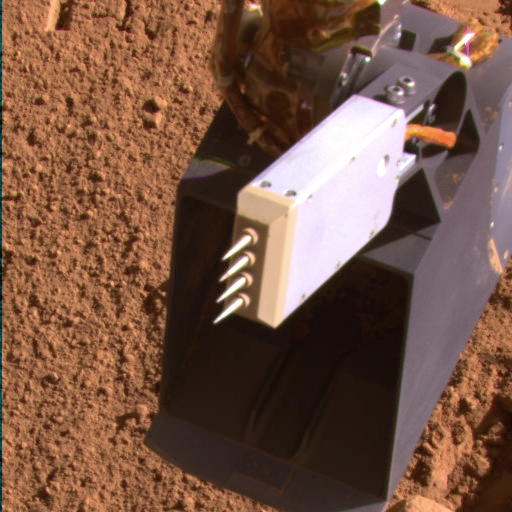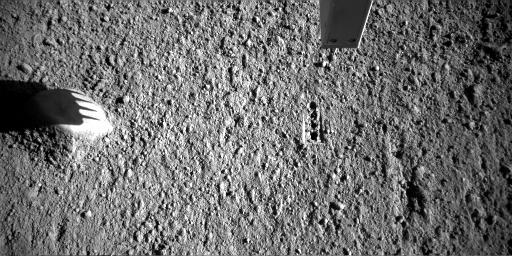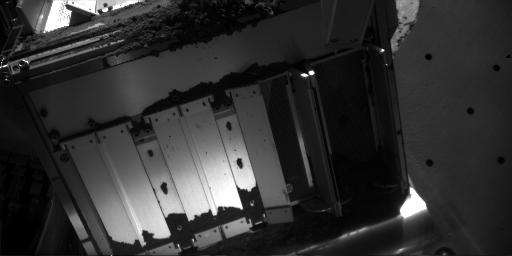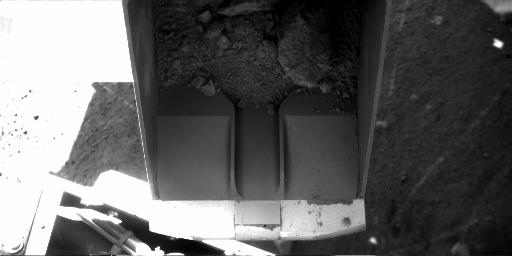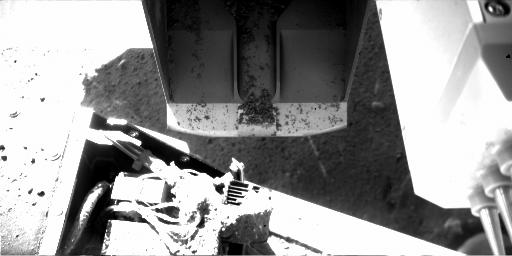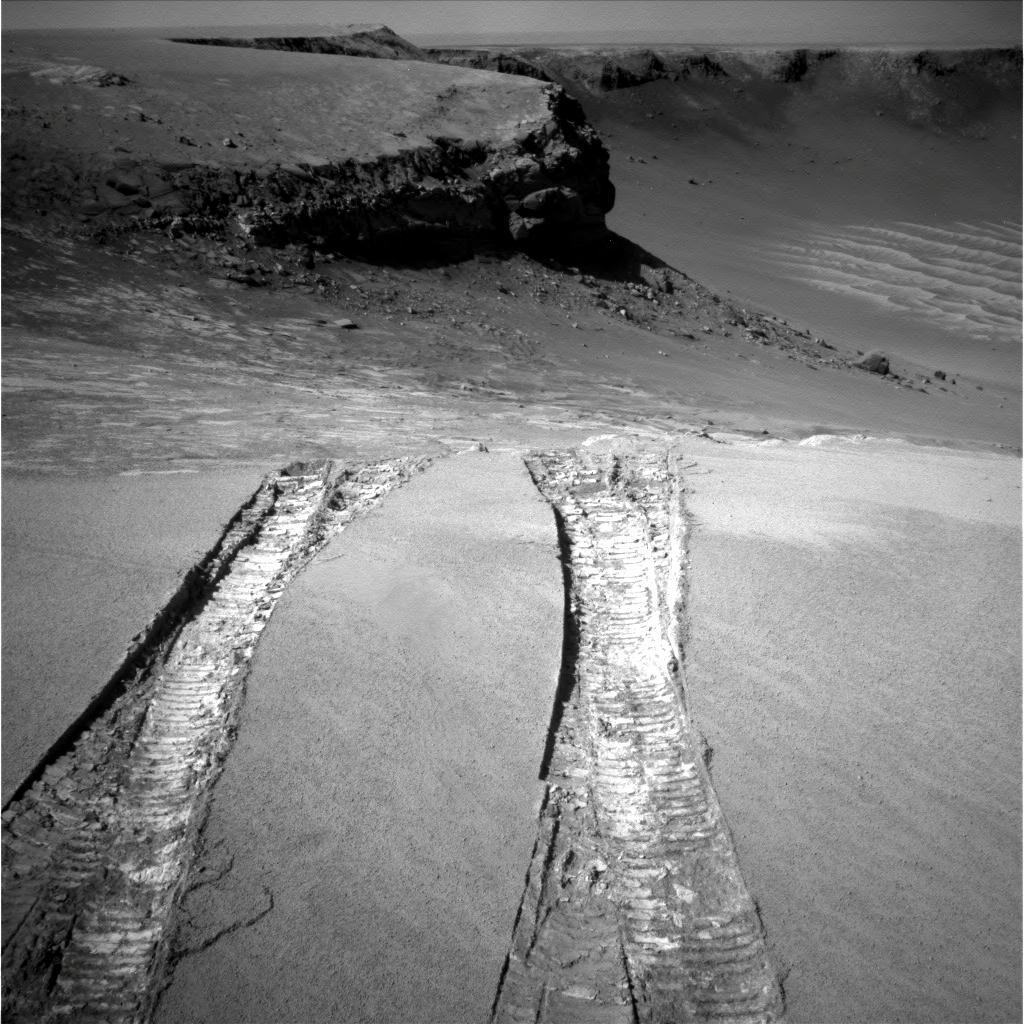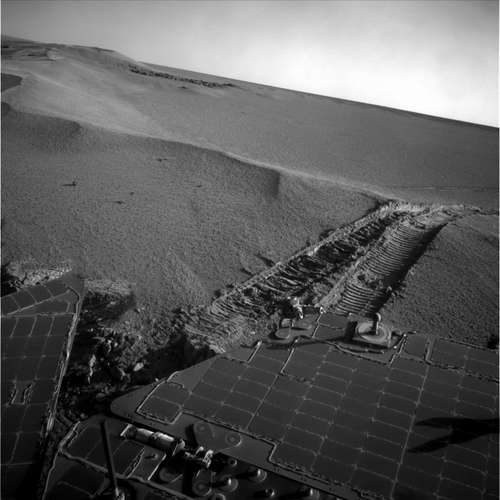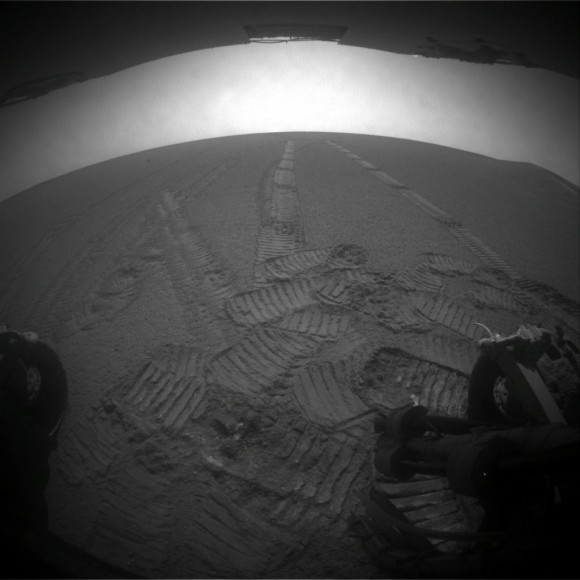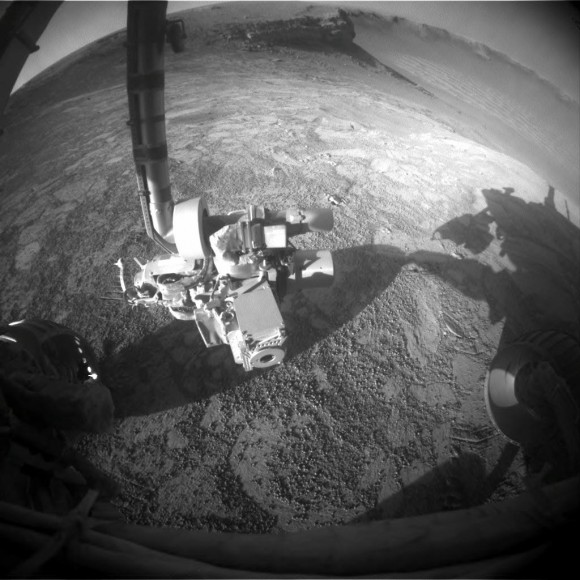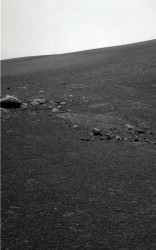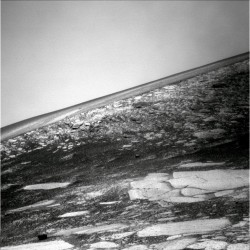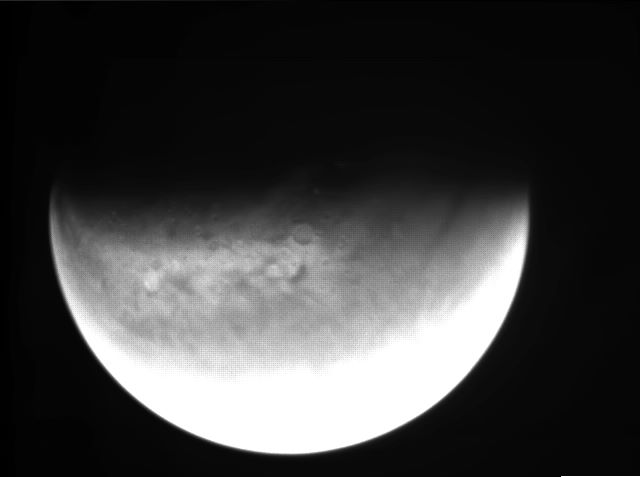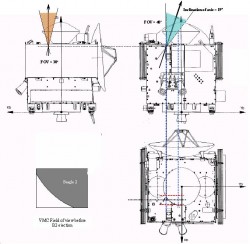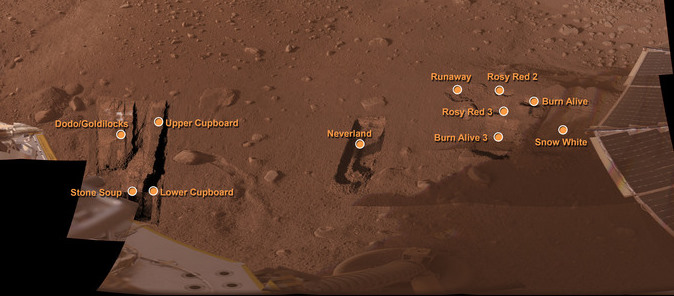Previous studies of Mars indicated that while water was certainly present on the Red Planet in the ancient past, it may have only been on the surface for a short time, present in short catastrophic floods. However, a new study suggests that ancient features on Mars called valley networks were carved by recurrent floods during a long period when the Martian climate may have been much like that of some arid or semiarid regions on Earth. “Our results argue for liquid water being stable at the surface of Mars for prolonged periods in the past,” said Charles Barnhart, a graduate student in Earth and planetary sciences at the University of California, Santa Cruz. “Precipitation on Mars lasted a long time–it wasn’t a brief interval of massive deluges.”
Scientists estimate that the valley networks on Mars were carved out more than 3.5 billion years ago. Studies based on climate models have suggested that catastrophic events such as asteroid impacts could have created warm, wet conditions on Mars, causing massive deluges and flooding for periods of hundreds to thousands of years.
But using a sophisticated computer model to simulate the processes that formed the valley networks shows that those short period conditions would result in features not seen in the Martian landscape, because water would accumulate inside craters and overflow, carving exit breaches that cut through the crater walls, Barnhart said.
“Our research finds that these catastrophic anomalies would be so humid and wet there would be breaching of the craters, which we don’t see on Mars,” he said. “The precipitation needs to be seasonal or periodic, so that there are periods of evaporation and infiltration. Otherwise the craters overflow.”
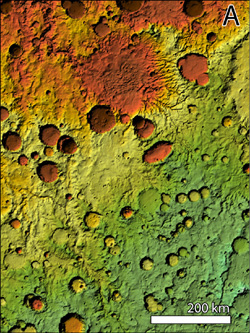
The researchers used a landform evolution model to simulate how the surface of Mars would evolve under different climate conditions. They ran more than 70 simulations under varied conditions and performed statistical analyses to determine which yielded the best match to the observed topography of martian valleys.
The results suggest that valley networks formed on Mars during a semiarid to arid climate that persisted for tens of thousands to hundreds of thousands of years. Episodic flooding alternated with long dry periods when water could evaporate or soak into the ground. Rainfall may have been seasonal, or wet intervals may have occurred over longer cycles. But conditions that allowed for the presence of liquid water on the surface of Mars must have lasted for at least 10,000 years, Barnhart said.
A paper describing their findings has been accepted for publication in the Journal of Geophysical Research–Planets.
Source: UC Santa Cruz

